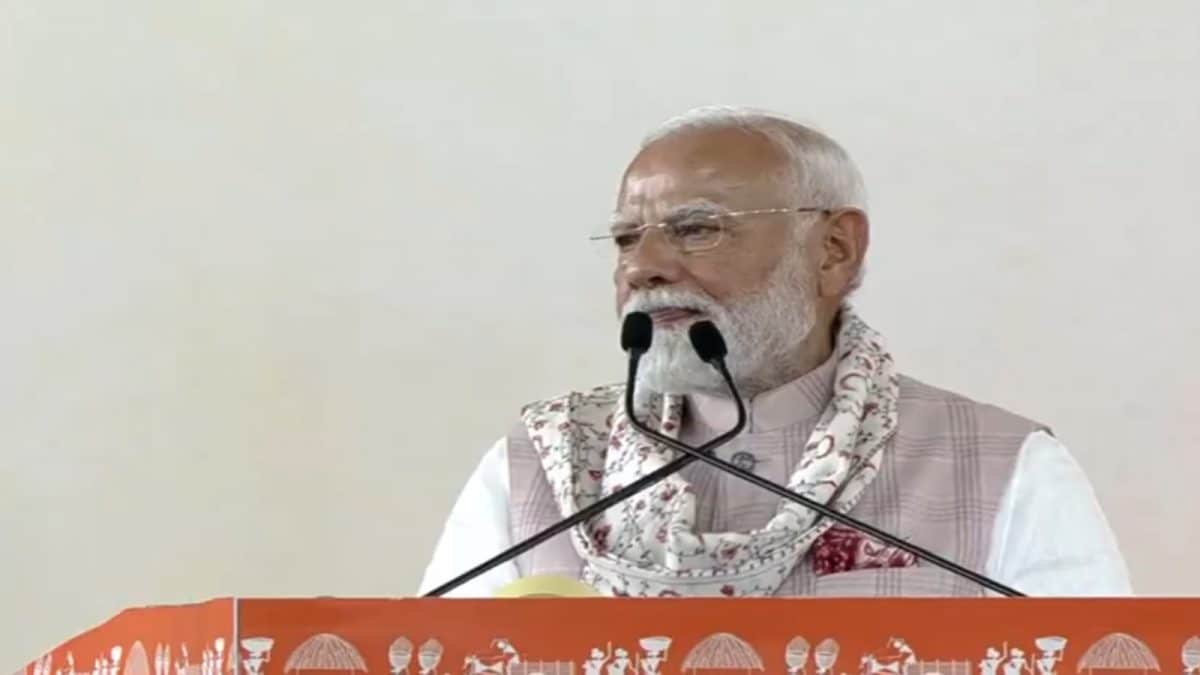Persistent pain, swelling, or difficulty bearing weight may indicate more than just common problems—they could indicate complex conditions that require specialized evaluation.
Advances in foot surgery, including minimally invasive techniques, now allow patients to walk out of surgery with minimal downtime and a short recovery period.
In India, more than 60 million people suffer from diabetes, and of these, 25% (about 15 million) develop diabetic foot ulcers. Unfortunately, 50% of these cases become infected and 20% (about 1.5 million) result in amputations. However, with timely intervention, the rate of amputations due to diabetic foot ulcers can be reduced to as low as 2%, potentially saving countless lives, as many patients do not survive amputation.
A report by the Ministry of Health and Family Welfare, Government of India, highlights that diabetic foot is one of the leading causes of hospitalization among diabetic patients. The lifetime risk of a person with diabetes developing a foot ulcer is the most common reason for hospitalization of diabetic patients (around 30%) and absorbs around 20% of total healthcare costs, more than any other diabetic complication. 70% of adults experience foot problems at some point in their lives, but less than 30% seek medical care.
Diabetic foot
Dr Pavan Belehalli, MBBS, DNB(Ortho), Consultant Orthopaedic Surgeon, says, “For diabetic patients, foot care takes on even greater importance. What may seem like a minor foot problem can quickly become serious due to reduced circulation and nerve damage, which are commonly seen in diabetic people. Symptoms such as numbness, tingling or loss of sensation are early signs of neuropathy and require immediate attention. Diabetic patients are at increased risk of developing serious foot complications, and a timely and accurate diagnosis is critical to prevent serious outcomes such as infections or even amputations. Regular check-ups and specialist care can greatly reduce the risk of complications, helping diabetic patients maintain better foot health and overall wellbeing.”
When to see a doctor for foot and ankle pain: Don't ignore these warning signs
Dr Sanjay Sharma, podiatric surgeon and co-founder of FootSecure, says: “As a podiatric surgeon, I often encounter patients who initially consult general practitioners or orthopaedic surgeons for foot and ankle pain, unaware that there is a specialist field dedicated to these issues. While common conditions such as plantar fasciitis and Achilles tendonitis are widely recognised, it is important to understand that there are over 300 distinct foot and ankle conditions. Each requires an accurate diagnosis for effective treatment.”
Foot care
Persistent pain, swelling, or difficulty bearing weight may indicate more than just common problems – they may indicate complex conditions that require specialist evaluation. “Proper footwear is also critical to foot health. Wearing the right footwear can prevent many problems, and for those who already have foot pathologies, custom footwear or orthotics are essential to prevent worsening conditions and aid recovery. Advances in foot surgery, including minimally invasive techniques, now allow patients to walk out of surgery with minimal downtime and a short recovery period,” shares Dr. Sharma.












